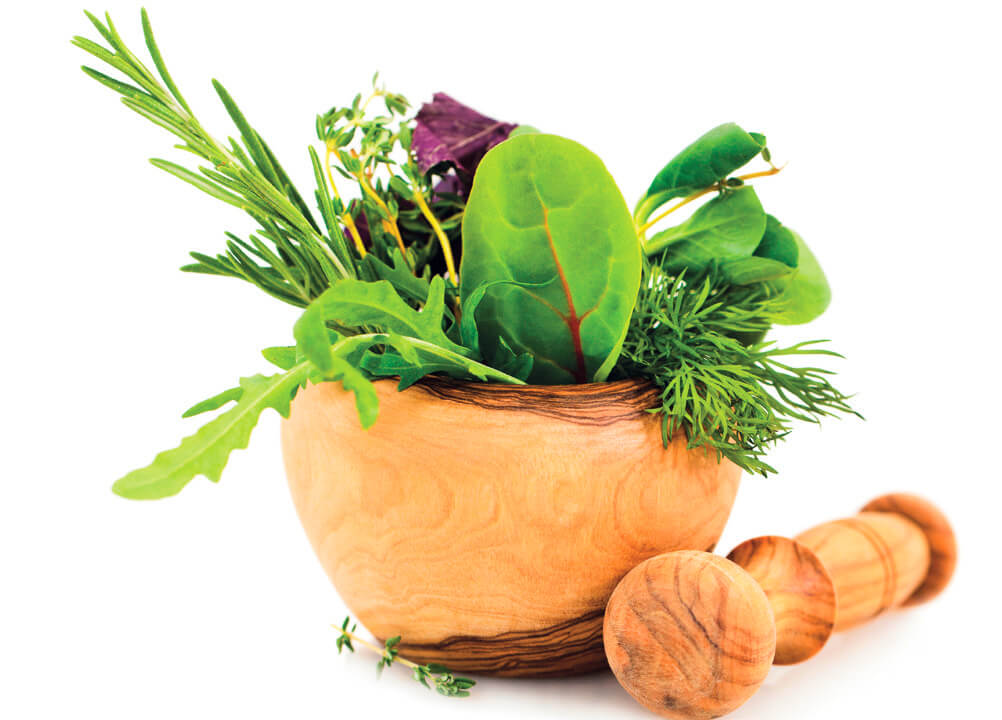The healing properties of some plants have been known for more than 5,000 years in the lands of Egypt, India and China. In their works, ancient scientists left information about the herbs used in their time. Although in small quantities, herbs contain substances that have a beneficial effect on the human body. The nature of Bulgaria has the largest variety of medicinal plants in Europe, most of them are protected species. The Bulgarian flora contains over 4,100 species of higher plants, of which 770 are medicinal. For example, only on the territory of Pirin National Park there are 182 species of medicinal plants. That is why we must know and preserve the natural habitats of this healing treasure.
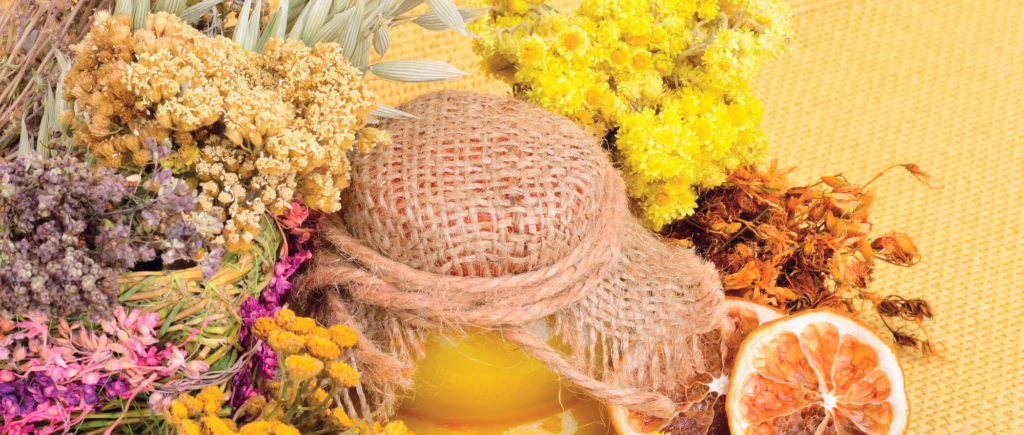
Which plants are medicinal?
Medicinal are those plants that contain medicinal (biologically active) substances. "Herbs" are individual parts or whole medicinal plants, fruits and seeds, which in fresh or dried state are used for treatment and prevention, production of medicines, food, cosmetic and technical purposes. Most of the medicinal plants in Bulgaria are wild, and only about 30-40 species are cultivated. Some of them participate in the composition of forests as predominant species and give the appearance of vegetation. Such are birch, linden, white pine, juniper, bilberry, dracaena, rosehip, sumac and others. Most of the seeds and fruits of medicinal species, such as blackberries, raspberries, blueberries, wild strawberries and others. are food for many wild animals and birds and are important for their survival.
Great discoveries of Bulgarian scientists and the properties of some medicinal plants
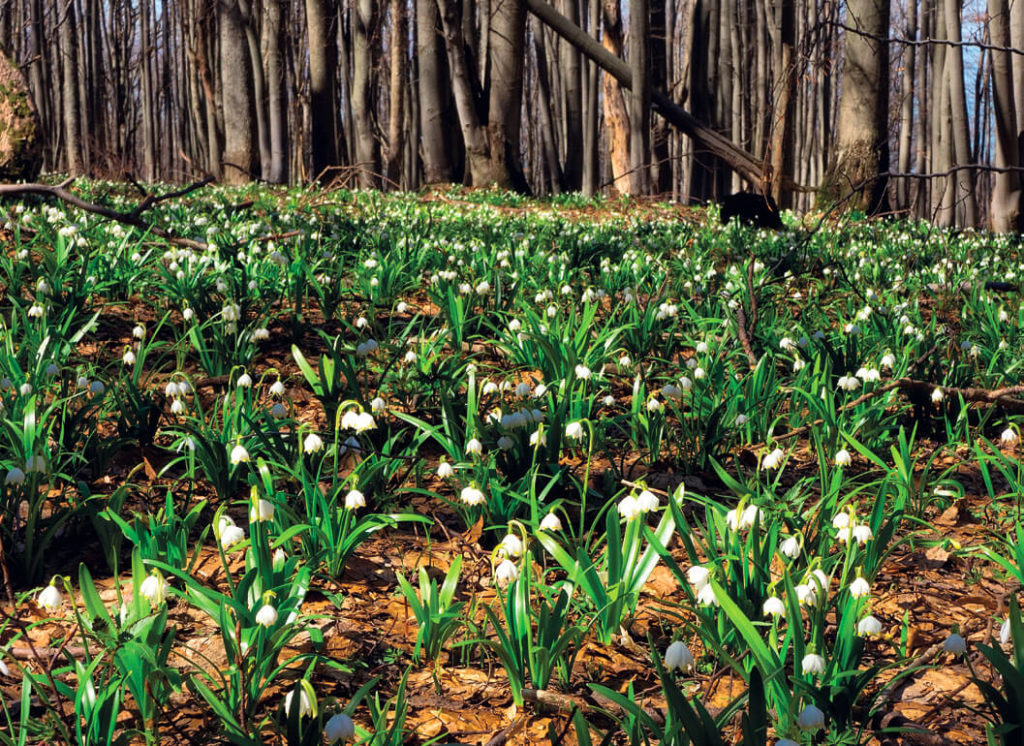
In 1959 Dimitar Paskov detects active substance in the snowdrop. Isolated in its pure form, this ingredient is called Nivalin and helps in the treatment of polio. The marsh snowdrop is a beautiful and rare medicinal plant, the protection of which is an important mission for Bulgaria. Bulgaria is one of the few countries in the world with natural habitats of marsh snowdrop.
Belladonna (Atropa belladonna) is named after the oldest of the three ancient Greek goddesses of fate - Atropa - who is responsible for the last stage of human life. Belladonna is a highly toxic plant containing the substance atropine!
The folk healer Ivan Raev creates the so-called Bulgarian treatment ('curra bulgara') based on atropine extracted from licorice for the treatment of Parkinson's disease.
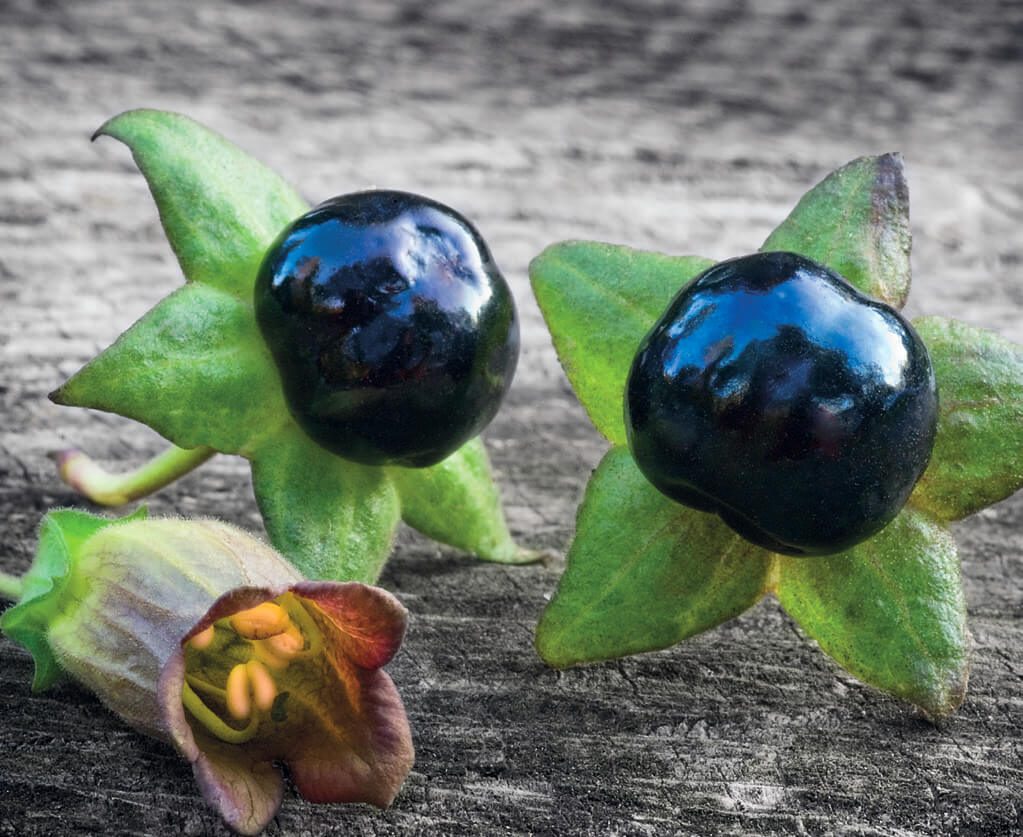
There is an herb for every pain
From time immemorial, herbs in our lands have been famous for their healing properties. They were known by Thracians, Slavs and Proto-Bulgarians. Among the most collected and used medicinal plants are:
- wild species - rose hips, nettles, hawthorn, linden, thistle, elderberry, juniper, dandelion, blackberry, etc .;
- cultivated - coriander, lavender, oil-bearing rose, balm, mint, chamomile, dilyanka, milk thistle, fennel, etc.
What are they used for?
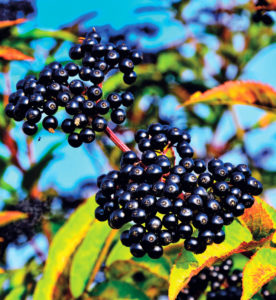
The elderberry is a perennial herbaceous plant. Its leaves are serrated and the flowers are white, with a pleasant odor. Its fruits are small, black and shiny. The plant can be found in mountainous areas and river valleys, where the sun's rays do not shine directly. Elderberry is a strong antiviral drug. In folk medicine it is used to control benign tumors. Elderberry tincture helps to activate the immune system to treat colds and bronchitis. Attention! Green fruits should not be used for consumption because they are poisonous. Only ripe fruits are used.
St. John's wort is a perennial herbaceous plant with yellow flowers collected at the top of the stem. The popular name of the herb is "Christ's blood" or "Christ's miracle worker". St. John's wort has various and very useful properties. St. John's wort extracts are widely used in the treatment of depression and have anti-inflammatory action. It has an antimicrobial effect, tones the nervous system and has a pronounced hemostatic effect, strengthens the heart, slightly lowers blood pressure.
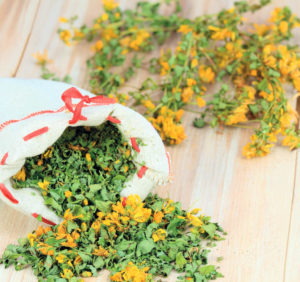
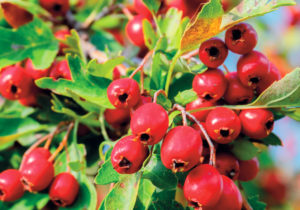
Red hawthorn is a thorny shrub, up to 2-3 m tall with white flowers and small red fruits. In folk medicine it is used to regulate heart rate, lower blood pressure, improve sleep. As early as the time of the Roman Empire, red hawthorn was also used to treat shortness of breath, diseases of the urinary system and as an exclusive remedy for heart disease.
The dandelion is a perennial herbaceous plant that grows in meadows and grassy areas along roads and fences, as well as in uncultivated and abandoned places. The flowers are yellow, single, located on long, hollow stalks. Folk medicine recommends dandelion against constipation, to purify the blood, against inflammation of the bladder and diabetes. Fresh dandelion leaf salad is recommended for spring fatigue and avitaminosis.
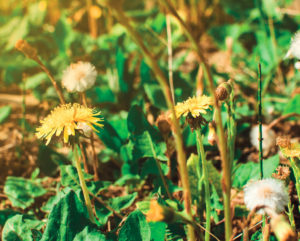
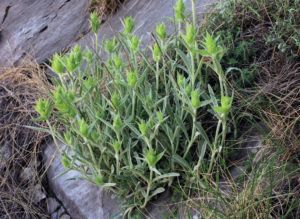
Mursal tea used as an antioxidant, antimicrobial, antiulcer and anti-inflammatory agent. It has been used for centuries by the local population in the Rhodope, Pirin and Slavyanka mountains. Its traditional use is associated with the treatment of colds, coughs, pharyngitis, sore throats, pulmonary emphysema and others. It is also used for inflammation and adenoma of the prostate gland.
The inflorescences of linden contain essential oil, mucous substances, vitamin C and E, etc. The herb has a diaphoretic, anti-inflammatory, diuretic effect, calms the nervous system. It can be drunk as a tea, for inflammation of the upper respiratory tract, headache, as a sedative, for inflammation of the oral mucosa. Externally used for burns, skin rashes, hemorrhoids, for gargling. In cosmetics - as a fragrance, for skin rashes.
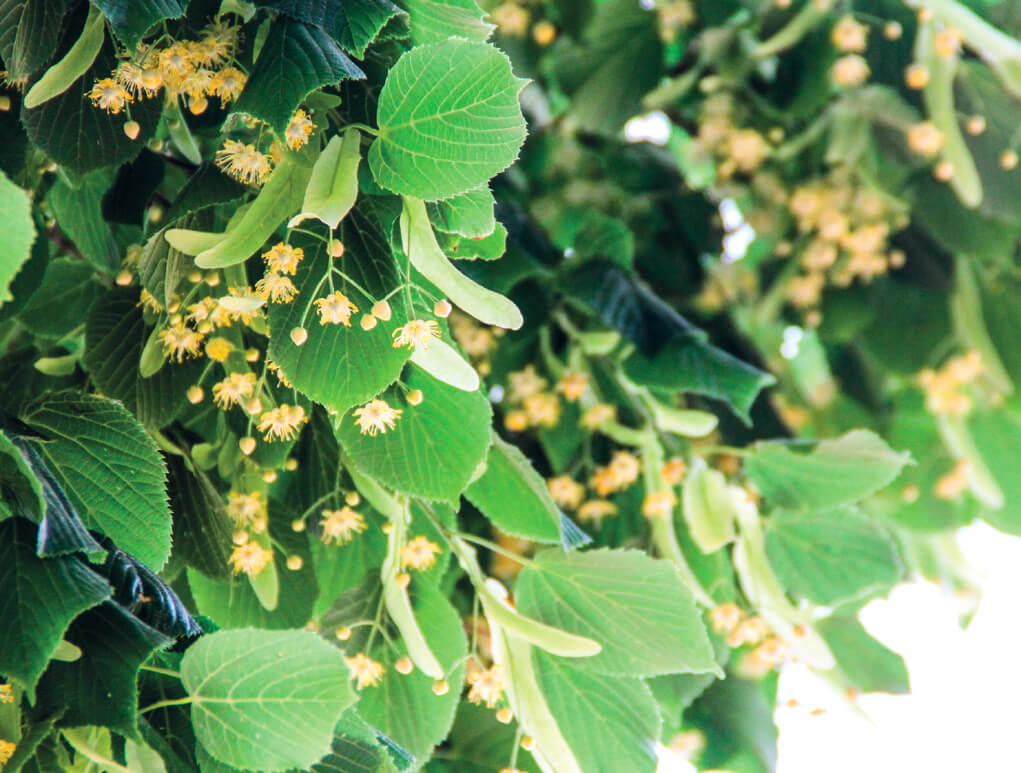
Linden, a genus of trees that includes about 40 species
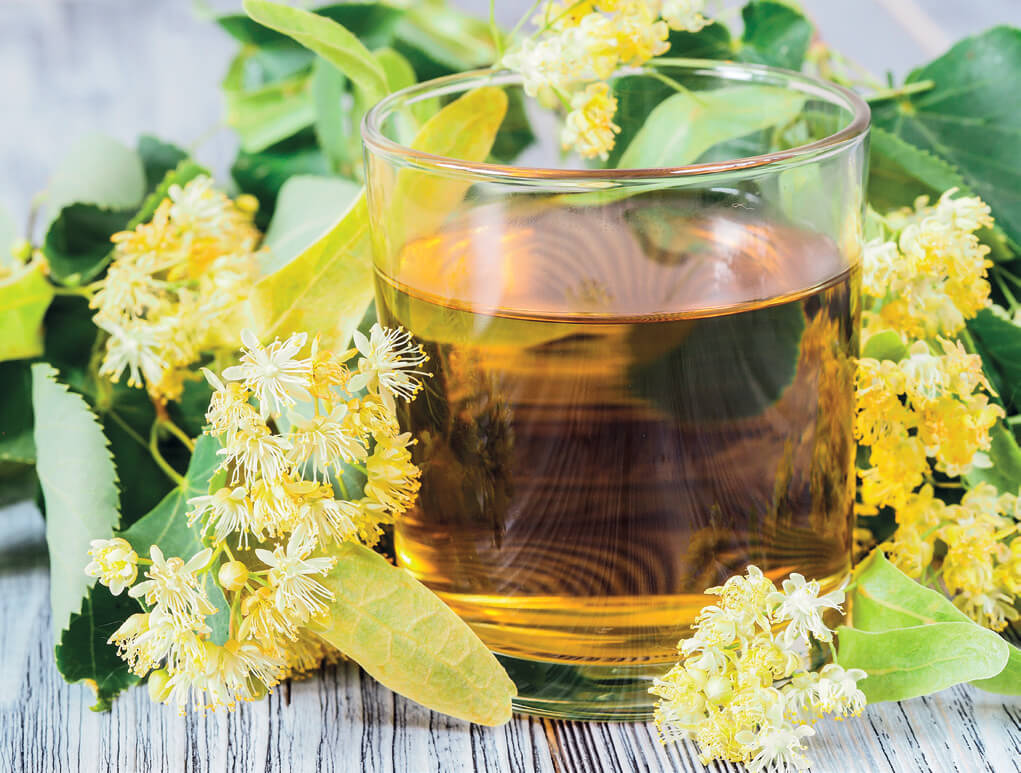
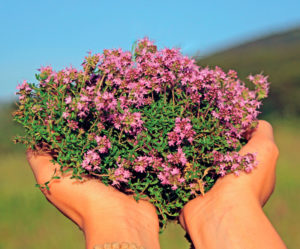
Thyme is among the most popular herbs in our country. Thyme is a perennial plant with small cylindrical purple flowers, which today we widely use as a spice, and the fruits, flowers and leaves are used as a remedy for various diseases of the body. It is also used as an ingredient in drops and herbal cough medicines. It is added to mouthwash and toothpaste - to limit the deposition of plaque and increase good oral hygiene.
Catwalk is the herb that is believed to have been used by Vasil Levski. He treated all kinds of diseases and skin injuries with her when he was a priest. It is also known as black-topped or wild basil. It got its name because of the shape of the color. Catnip is considered an herb that can cure even cancer.
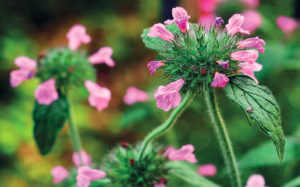
Learning activity 1: Project "Enyovden - a holiday of medicinal herbs"
- When is the holiday celebrated?
- What are the folk beliefs about this holiday?
- What are the customs of this holiday?
- What herbs are collected for the so-called. Enyovski wrists and what are they used for according to folk beliefs?
Learning activity 2:
Project "Let's make a business card of a medicinal plant"
Medicinal plants are important for nature and human health, for the development of the economy of our country. Task and steps of the project: Make a “business card” of a medicinal plant of your choice. This can be an herb that your parents use to treat you when you have a cold, or a medicinal plant from your area. To make a business card of the medicinal plant, use the following model: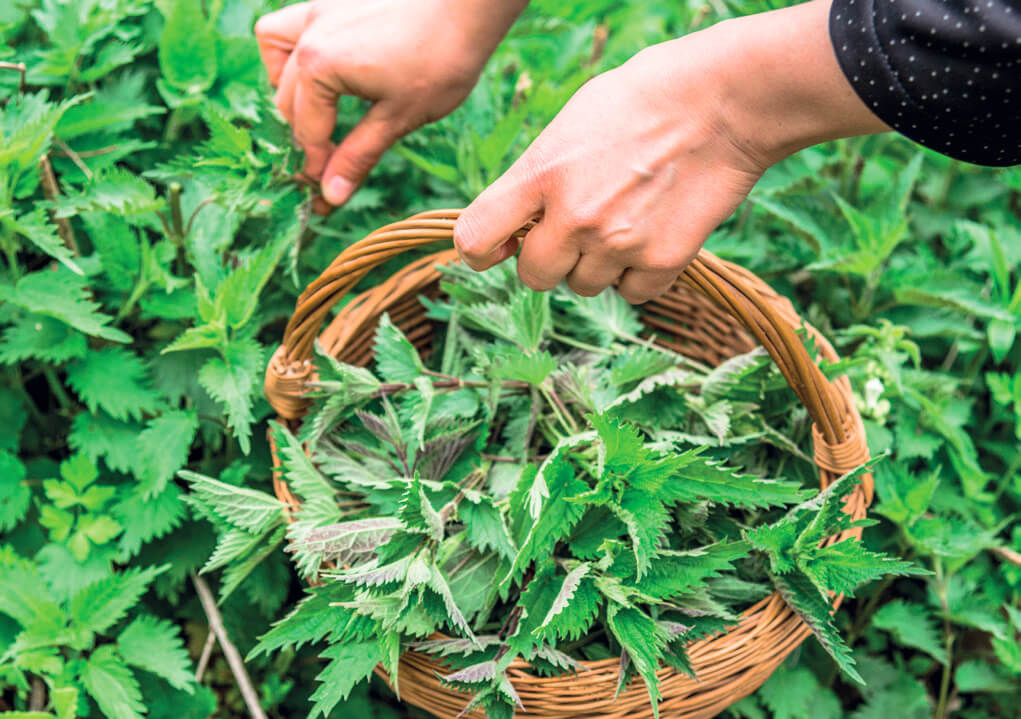
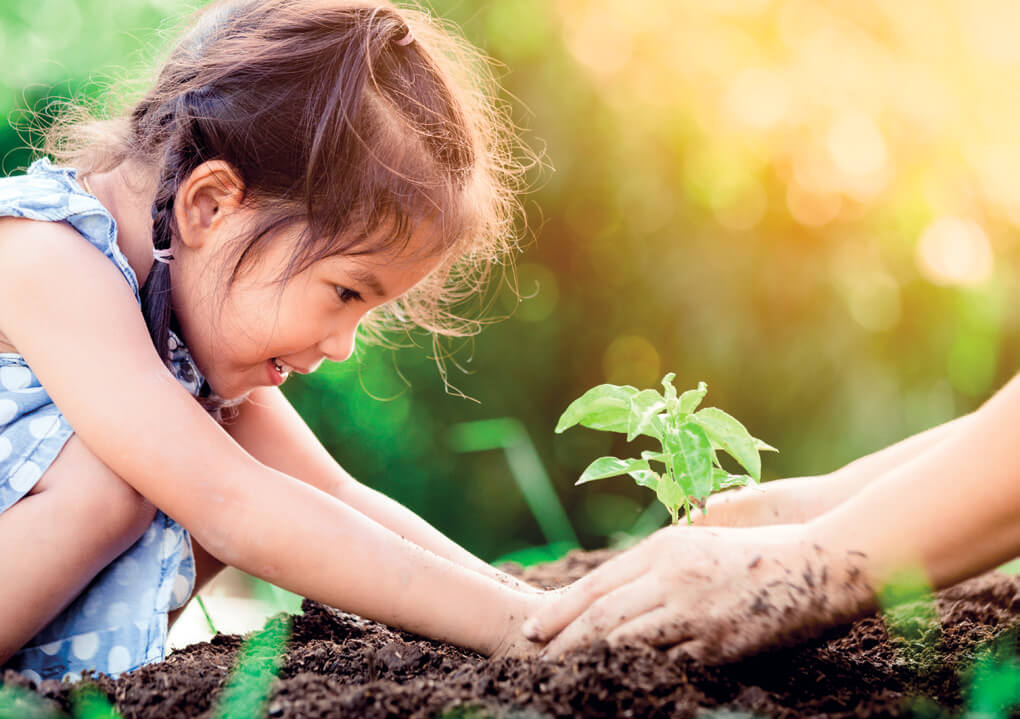
- Name
- Natural habitat of the plant
- Description of flowers, stems, roots
- What is it used for in folk medicine
Learning activity 3:
Project "Conservation of rare and protected species of medicinal plants"
Many of the rare and endangered species of medicinal plants are protected by their inclusion in the boundaries of protected areas. The declaration of protected areas - reserves, national and nature parks, protected areas is one of the most successful approaches to the protection of habitats and habitats of medicinal plants. Mass and excessive collection of medicinal plants, especially when herbs are collected from roots and whole plants, threatens their existence.
Task and steps of the project:
Make information boards or brochures for your school in which you present through photos and information protected species of medicinal plants, threats for their survival and the rules for their collection and preservation.

